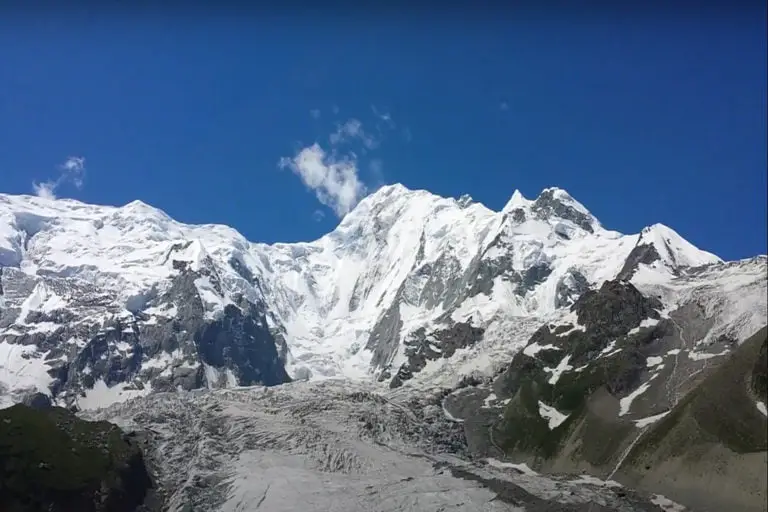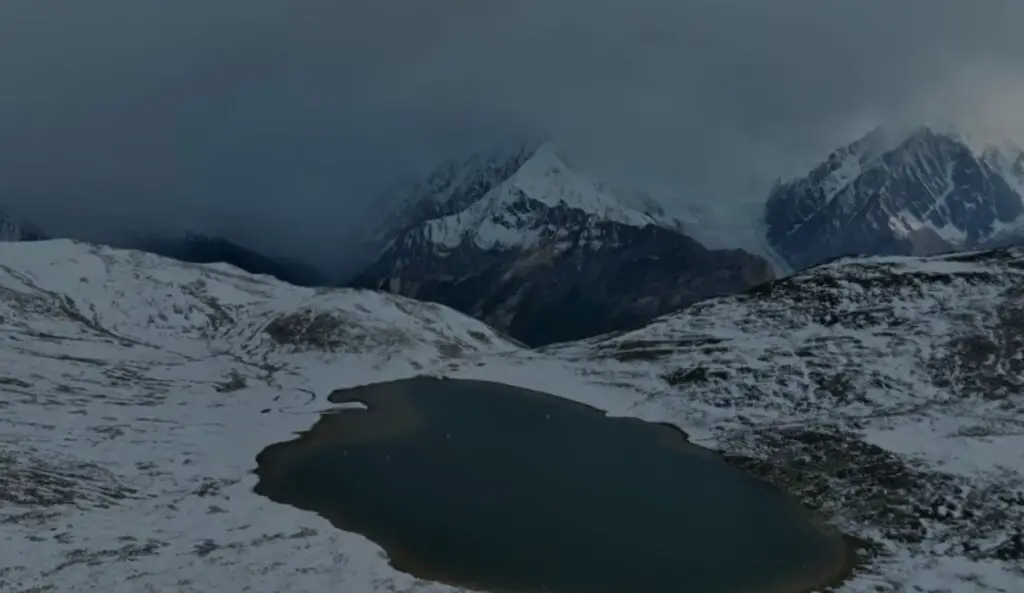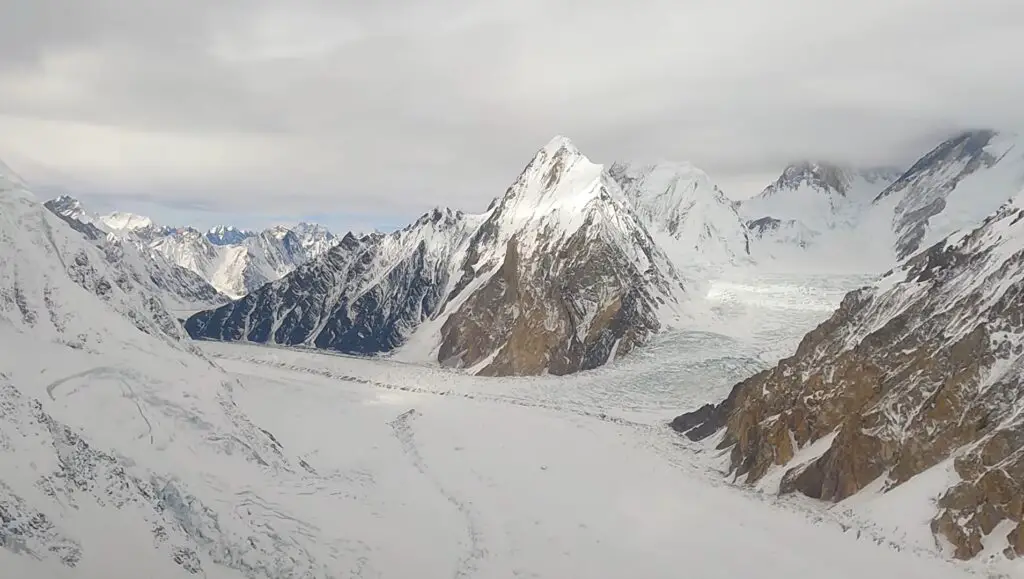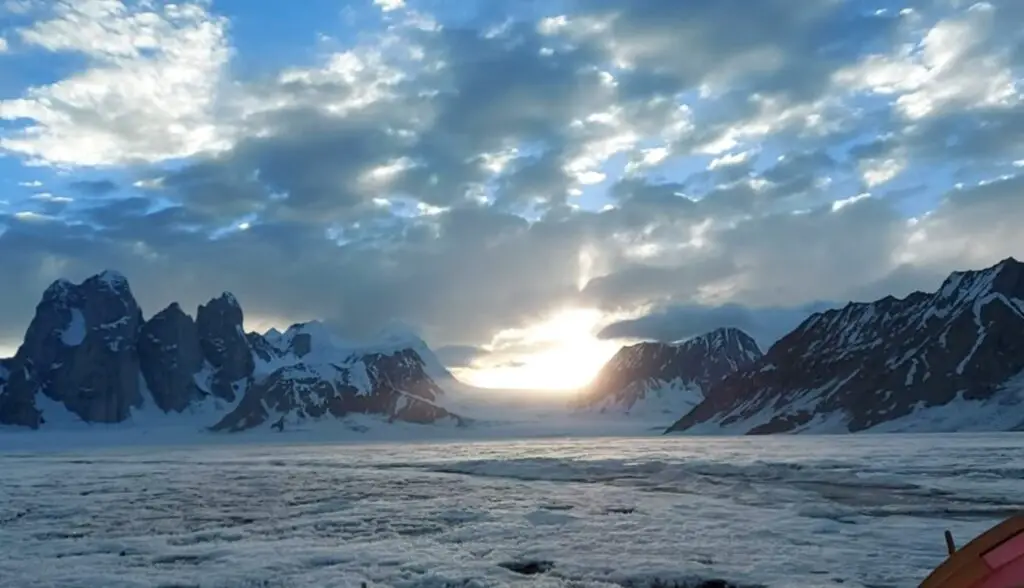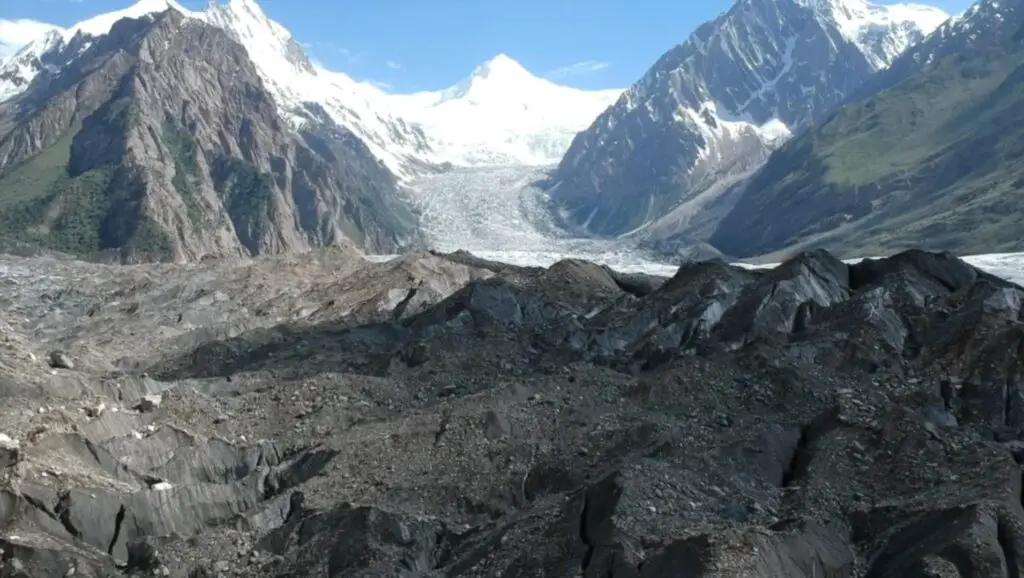Barpu Glacier is a stunning natural wonder located in the Karakoram Range of the Himalayas in Pakistan. This glacier is one of the largest in the world, measuring approximately 66 kilometers in length and covering an area of 290 square kilometers. It is a major source of water for the Shigar River and plays a vital role in maintaining the ecological balance of the region.
The glacier is named after the Barpu Valley, which is located near its terminus. The valley is home to several small villages and is surrounded by breathtaking snow-capped peaks that rise to heights of over 7,000 meters. The region is rich in biodiversity, with a variety of plants and animals that have adapted to the harsh mountain environment.
Barpu Glacier has been the subject of scientific research for many years, as it provides an excellent opportunity to study the effects of climate change on glaciers. Like many glaciers around the world, Barpu Glacier has been receding at an alarming rate in recent years. According to a study conducted by the Pakistan Meteorological Department, the glacier has lost around 17% of its volume over the last three decades.
Melting of Barpu Glacier
The melting of Barpu Glacier has several consequences for the region. The most immediate is the threat of flooding, as the meltwater can cause the river to overflow its banks and inundate nearby villages. This can lead to loss of life and property, and disrupt the lives of people who depend on the river for their livelihoods.
The melting of the glacier also has long-term implications for the region’s water supply. The Shigar River, which is fed by the glacier, is a vital source of water for irrigation, drinking, and hydropower generation. As the glacier continues to recede, the amount of water flowing into the river is likely to decrease, leading to water shortages and a decline in agricultural productivity.
Preservation Efforts
Despite the challenges posed by the melting of Barpu Glacier, there is still hope for its preservation. Scientists are working to better understand the mechanisms behind glacier melt and to develop strategies to slow down or reverse the process. In addition, local communities are taking steps to reduce their carbon footprint and adopt more sustainable practices.
Barpu Glacier is not just a natural wonder, but a vital resource for the people and ecosystems of the Karakoram Range. It is imperative that we take action to protect this precious resource for future generations.


